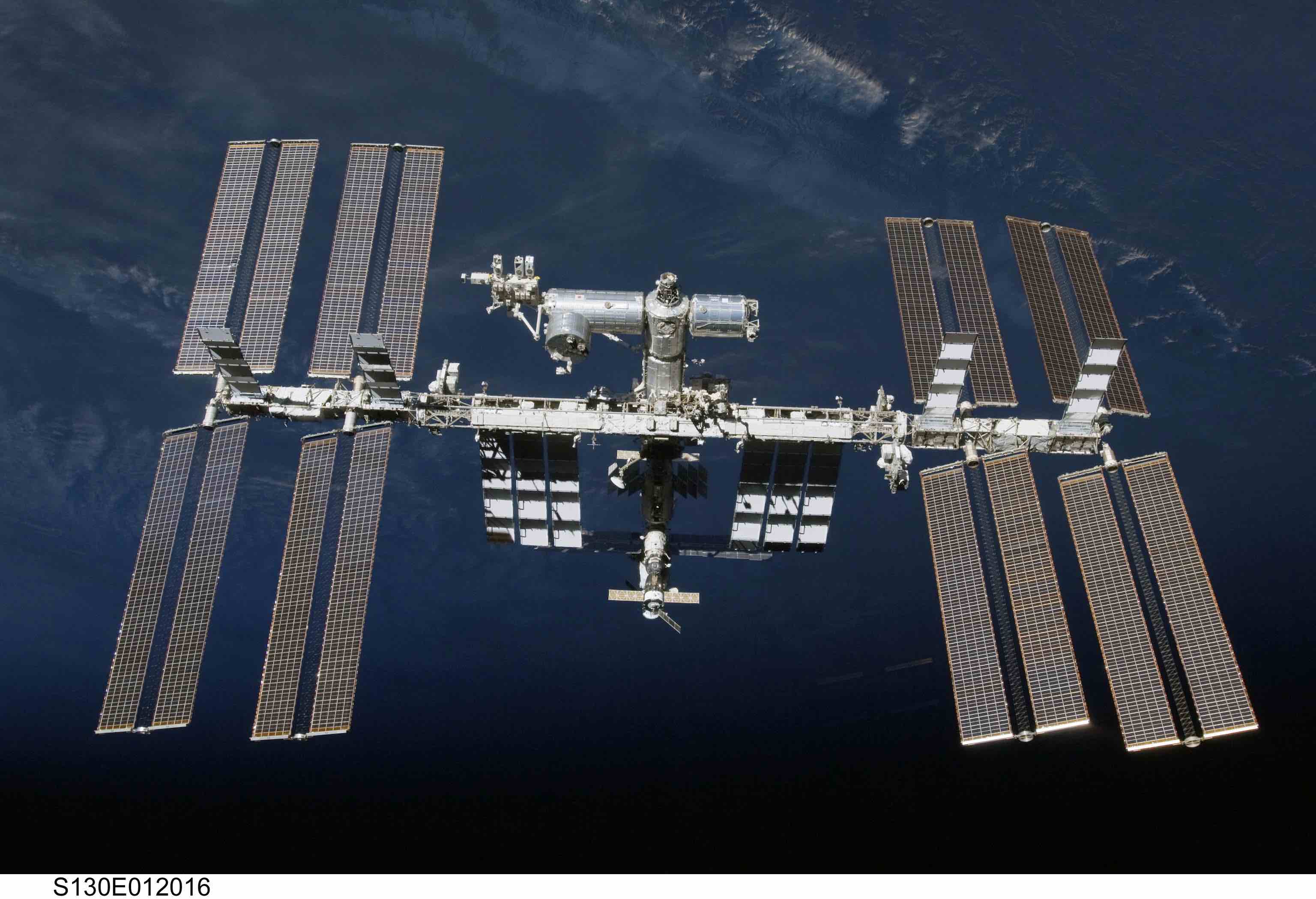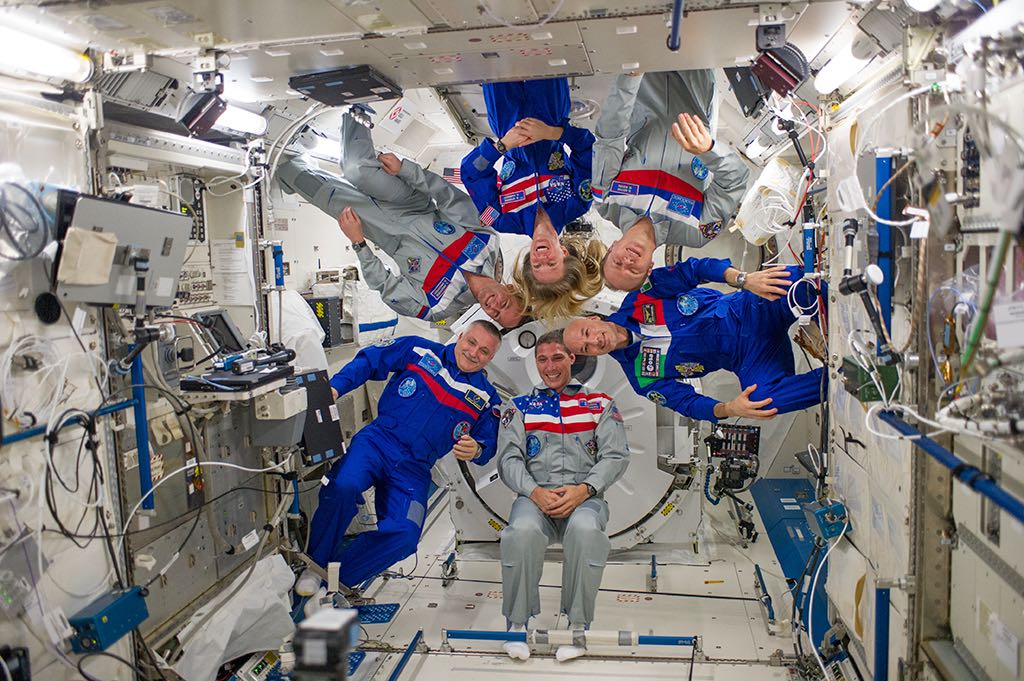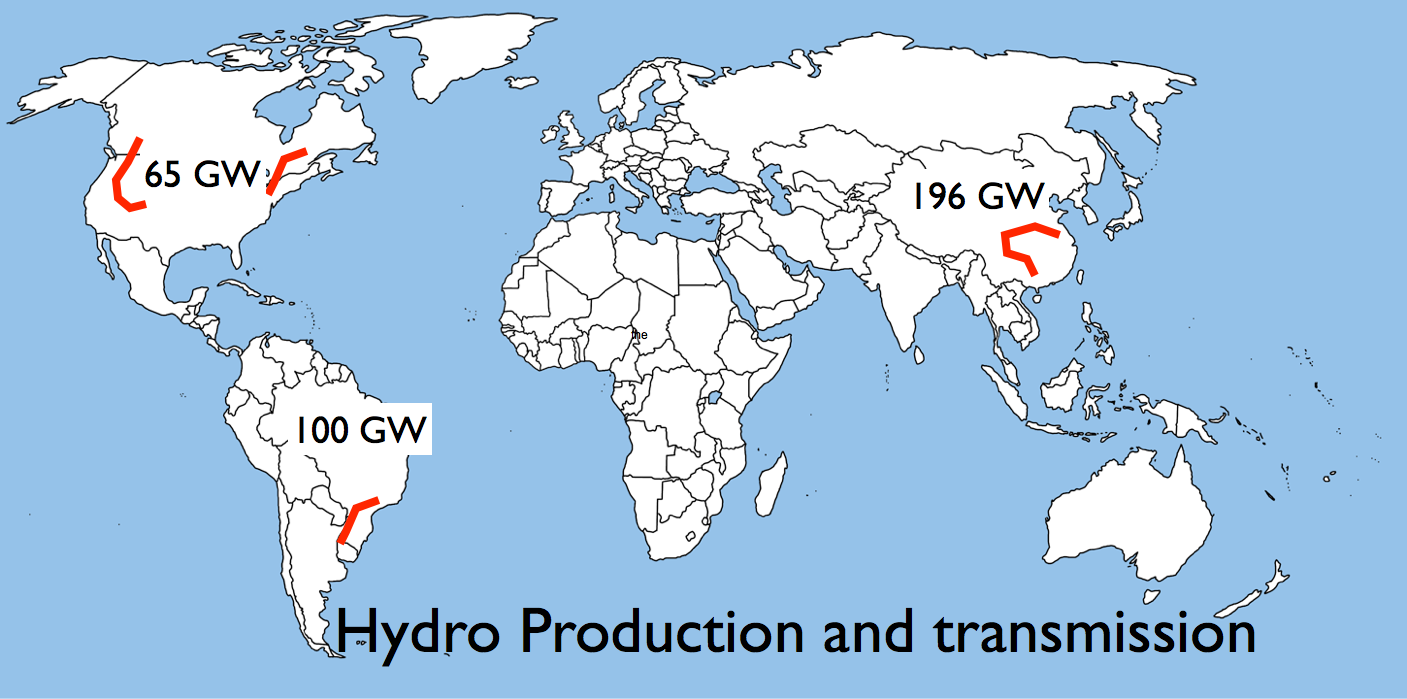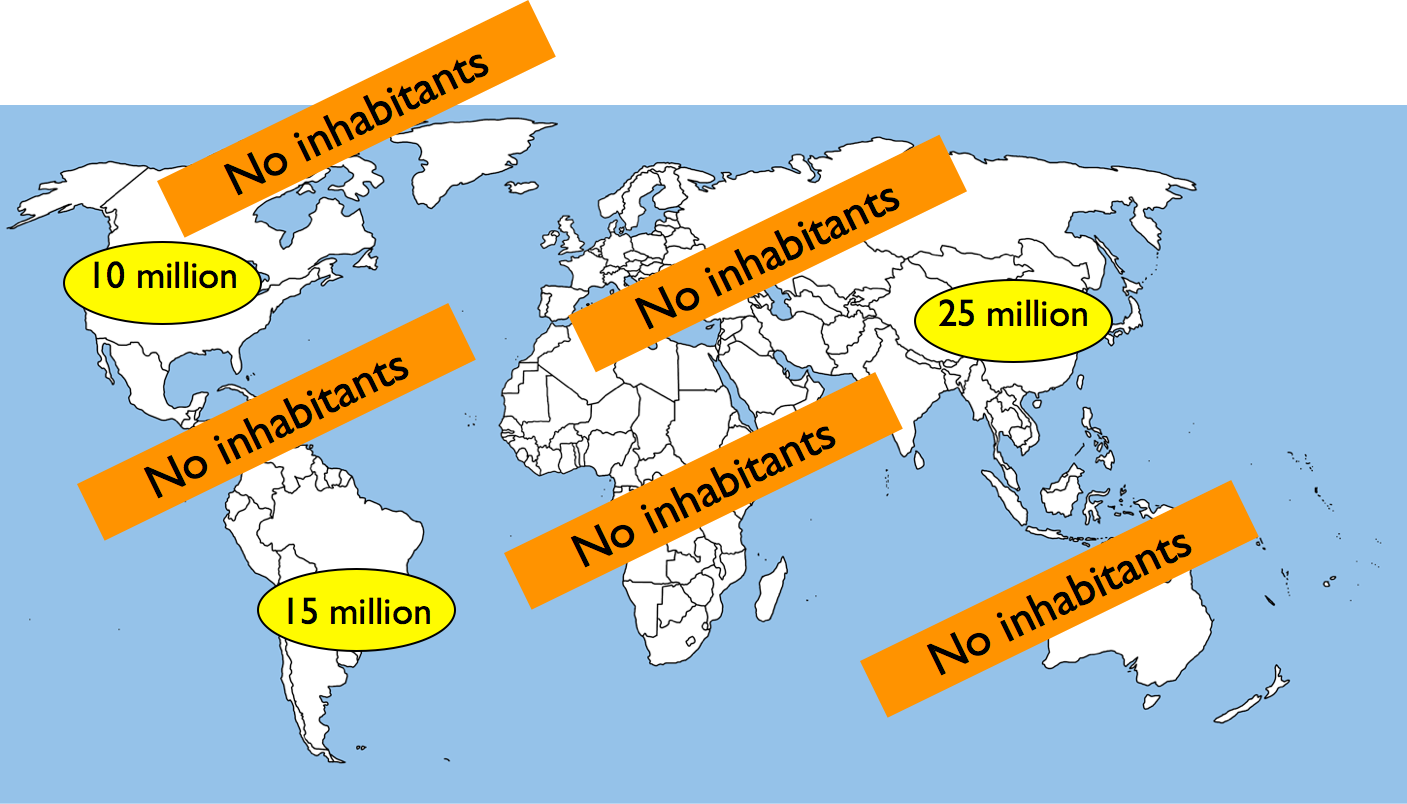

How do we know that a low injury civilization exists? Because we have already built one -- the international space-station. Engineers designed the physical and social structure of the international space station to be low injury. To do it they answered questions like. What is its purpose? What is supplied to it? What processes consume its stored or delivered resources? What population, infrastructure, and activities balance with the output of its solar panels, and deliveries from its supply ships? What social structure and behavioral rules prevent social conflict. And, how long can it last?
The descriptors of the space station include:
the consumption of each astronaut varies little.
Inequity varies little.
Conflict consumes little.
New visitors, replace old residents that return to earth.
The repairs on the infrastructure are completed from energy and materials already present or
brought by resupply ships.
The storage tanks are refilled before they are emptied.
If any of these processes don't balance the astronauts leave or die.
Now think about the same engineers creating a sustainable design for earth.
It is isolated in space.
It has no resupply ships.
It does have a constant supply of solar energy.
It has a tuned biological structure that can support regenerative life forms.
It has an infrastructure that,
combined with labor and dense energy, supports many inorganic activities.
Besides energy from sunlight, it has reservoirs of dense stored sunlight (forests, coal, oil, gas).
It has supplies of fissionable fuels like uranium.
These energy sources have been used to convert the earth's crust into
a huge infrastructure and an
immense food production system.
Humans replace themselves, as well as expand their numbers, their wellbeing, their inequity, and their conflict. Energy and materials facilitate these activities.
Energy that can do work is removed from the reservoirs and degraded. Materials which are taken from the crust, refined, and used in fabricating infrastructure, are returned to the crust diluted.
Eventually, the energy remaining in those reservoirs will take so much energy to extract and make usable, none remains for human endeavors. We will have to leave what remains in the ground and depend on other energy sources that can still produce net energy.
Baring the discovery of something like Star Trek's "dilithium crystals" supporting something like our civilization will require condensing dilute energy from the sun into energy dense enough to drive our civilization's machines.
Like energy, mineral reservoirs, because we mined the best first, will diminish in concentration requiring more energy to find, mine, and refine. Eventually the crust's remaining minerals will take more energy to obtain than just extracting them from their locations in civilization's waste stream. We will stop mining the crust for materials.
Given these conditions, a sustainable global civilization is defined as follows;
the global population, times,
the energy required to support the wellbeing of the average person,
plus energy squandered in destructive activities,
equals what can be condensed from solar radiation or
a new yet to be discovered energy form.
This equation produces many different sustainable civilizations. For example, larger populations with lower wellbeing, and smaller populations with higher wellbeings. Civilizations that have high stratifications of wealth and civilizations that have low stratifications of wealth. Civilizations that divert little resources to conflict, and civilizations that channel most of their resources into conflict. Civilizations that maintain most of their natural environment and civilizations that maintain very little. Civilizations that have resources, leftover after supporting basic human wellbeing, to advance the arts and sciences. Civilizations where few resources are leftover to advance them.
Any particular sustainable design has:
a) desired values for the variables which describe it, and
b) forces that try and keep these variables close to these values.
Let me begin by proposing an earth-wide civilization that has the following overarching values:
a) injures few people
b) improves lowest level of wellbeing,
c) advances the arts, sciences, and technology, for 400 years, and
d) allows 98% of the natural environment to follow its course as if humans are not present.
(This design was written in the context of a space station with balanced working systems. It reflects some of the future aspects of our present earth system, For example, the absence of fossil and fissionable energy products. the replacement of mining with recycling. The analysis ignores possible changes in weather or ocean's levels, or PH, or toxic damage to the environment, or changes in biodiversity. These conditions will affect the final design but are considered zero for this first pass. Also the computed sustainable design is the final state of a complex transition from our present civilization.)
Within these constraints, let me outline the values of variables that describe this new civilization.
Energy
Total available annual energy (2100 to 2400)
360 GW from (existing hydro electric dams)
Each person's Allocation.
~ 96,000 Kwh per year (or 318 million BTU per year) per person
Population (calculated from above)
50 million people on earth
average life span 100 years
100 cohorts of 500,000
Locations (3 human "development zones") (each independent -- no trade)
(Pacific Northwest N.A., Three Gorges China, Brazil Paraguay S.A.)
minimized distances from production of energy and food
habitat size and quality reflects energy density
habitat size equals 2% of earth's land area (98% of earth's land uninhabited)
No distribution of electric power outside of habitat zones
No habitation outside of development zones
Basic Services
(provided free to each living individual)
healthcare, -- full
education, 25 years
supporting infrastructure
public buildings and grounds,
personal accommodations (basic shelter)
transport,
waste management,
water
Stipend
for each living individual
energy token allocation (total energy allocation minus that used to provide basic services)
Resource usage --
max use of renewing resources = below renewing rates (soil, air, water, and hydro energy)
metals and minerals access
zero acquired from mining earth's crust.
Civilization's materials
"in stockpiles" or
"in service" (leased from stockpiles) (recycling charges paid at lease)
full recycling with materials returned to "stockpiles"
zero use of energy resources to obtain other energy resources with EROEI's less than 1
(fossil or uranium energy expected to be below "1" by 2100)
no resources allocated to social conflict
commons (includes everything (think international space station)
material definition
natural regenerative production like air, water, soil, flora , biota etc.
minerals and metals (previously extracted from crust)
stream flow energy (hydro electric energy generation)
space - sea, land, sky, electro magnetic spectrum,
biota -- flora, fauna, microorganisms,
ownership definition
commons is owned by all earth's life forms present and future.
use definition
individuals (there are no corporate entities) can lease annually for exclusive use
(not own) portions of the commons
